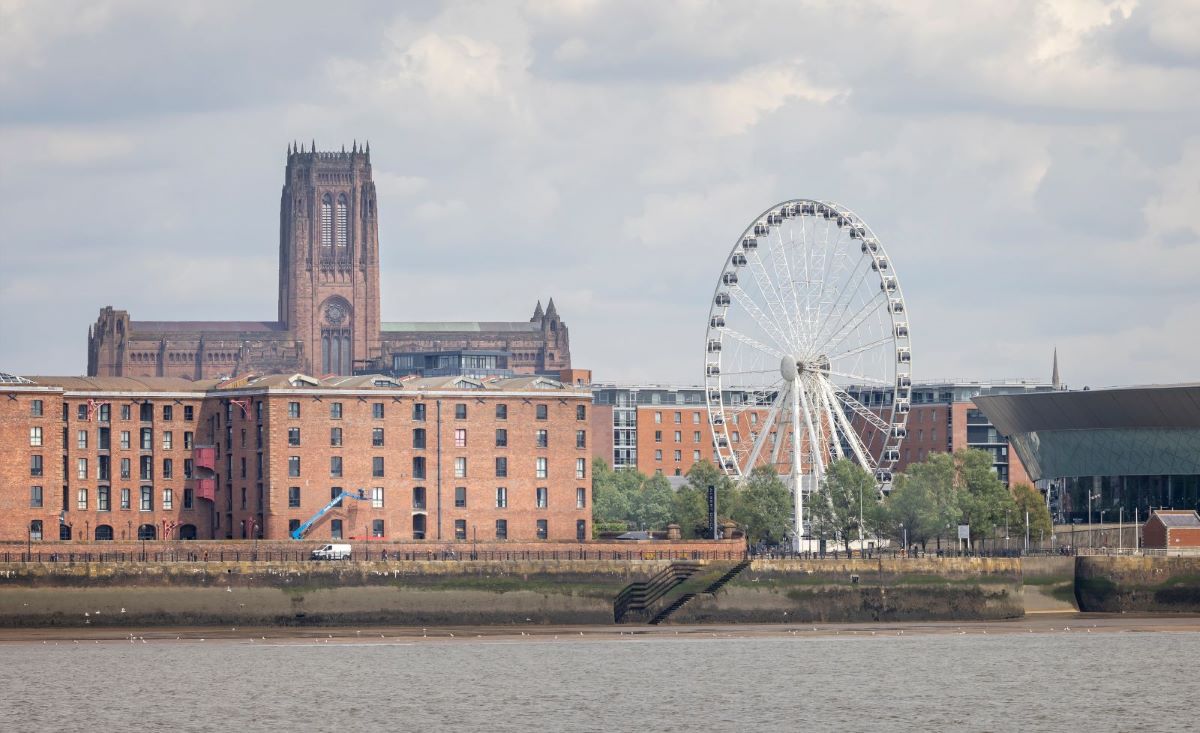Britain’s iconic landmarks aren’t all what they used to be — crumbling under neglect, mismanagement, or simply out of touch with the times, these sites are now more relics than reflections of a glorious past.
1. Blackpool Tower, Lancashire

Once a beacon of British seaside charm, Blackpool Tower now feels like a tired attraction struggling to stay relevant. Visitor numbers have plummeted, and despite multiple attempts at refurbishment, it can’t shake off the tacky reputation that drives tourists to flashier European destinations instead.
2. Stonehenge, Wiltshire
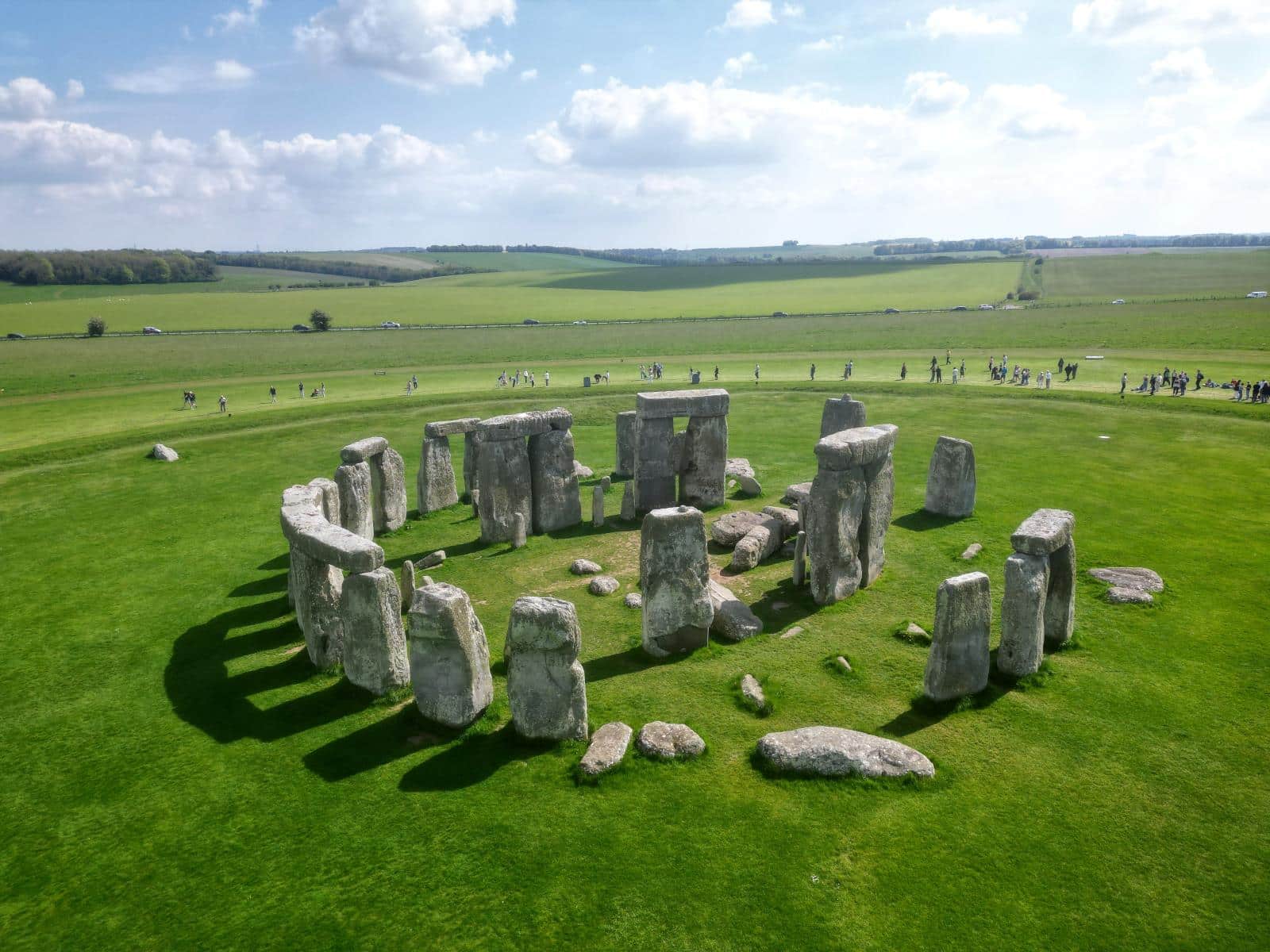
Stonehenge, once an awe-inspiring monument, is now a commercialised spectacle. Surrounded by souvenir shops and overpriced cafes, the ancient site’s magic has faded, leaving behind a heavily regulated, over-visited spot that feels more like a theme park than a spiritual site.
3. The Angel of the North, Gateshead
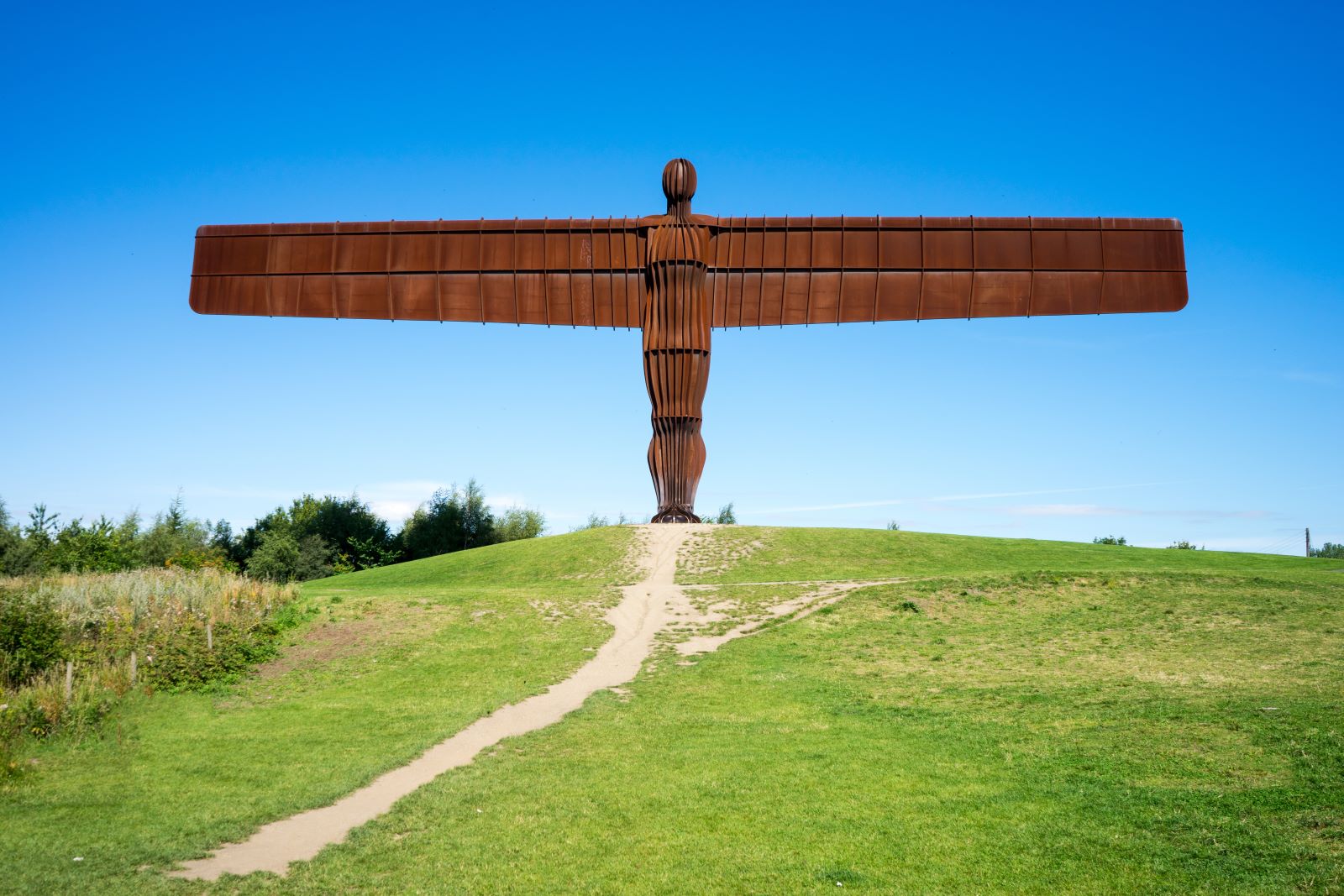
What was once hailed as a bold artistic statement now stands as a rusting colossus that feels disconnected from its surroundings. The Angel of the North has become a photo op for passing motorists rather than a symbol of modern Britain.
4. Edinburgh Castle, Edinburgh

Edinburgh Castle, one of Scotland’s most iconic landmarks, has become a money-making machine. The £20 entry fee has priced out locals, leaving it a playground for tourists with little connection to its history. The castle’s over-commercialisation detracts from its historic significance.
5. The Eden Project, Cornwall

The Eden Project, once heralded as a beacon of environmental consciousness, now feels more like a failing tourist trap. Visitor numbers have dropped dramatically since its opening in 2001, and critics have slammed its high ticket prices and lack of genuine impact on environmental issues.
6. Hadrian’s Wall, Northumberland
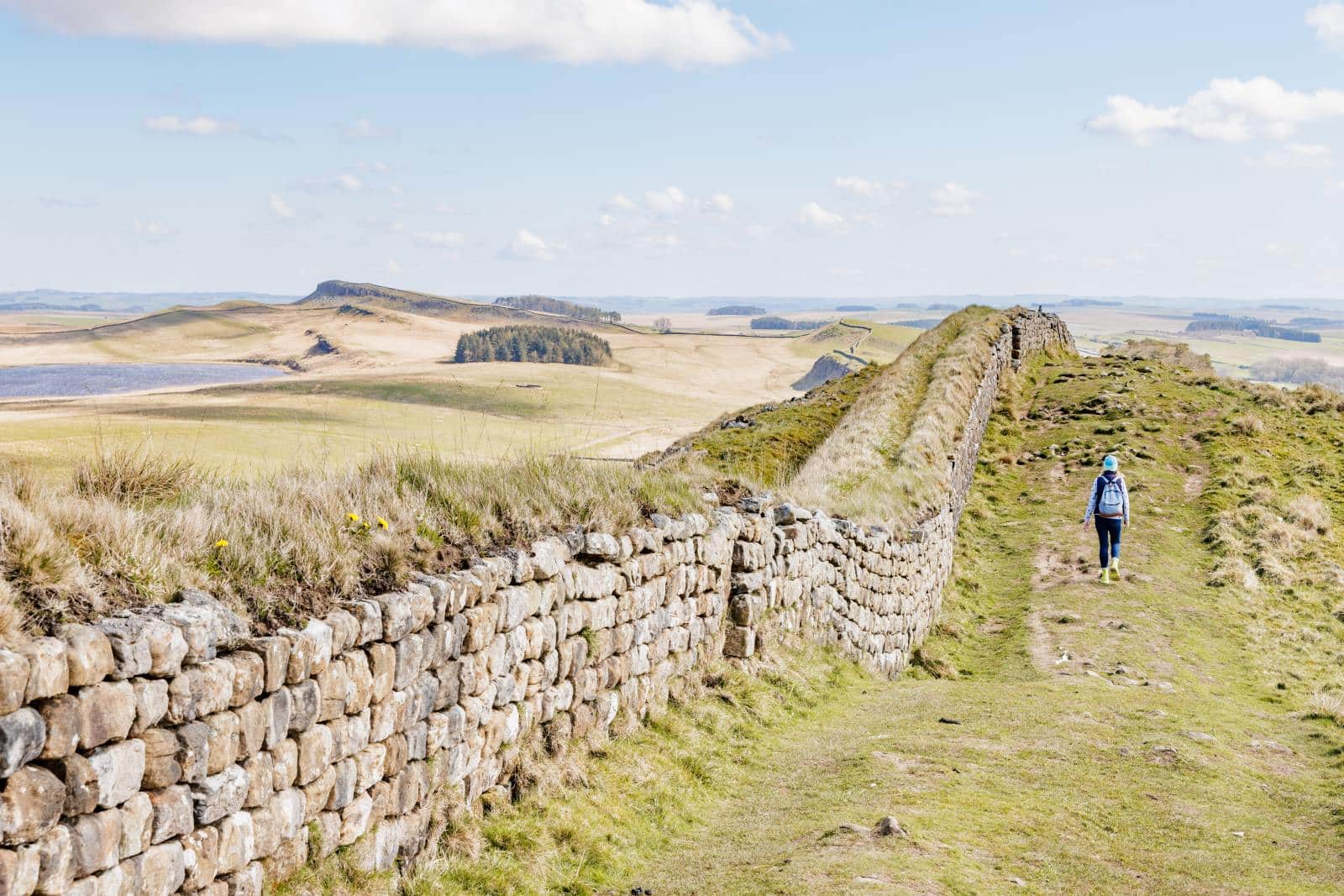
Hadrian’s Wall, once a proud remnant of Roman Britain, now lies neglected and eroding. Despite its UNESCO World Heritage status, the site has suffered from underfunding and poor conservation efforts, leaving large sections crumbling and overgrown.
7. The Spinnaker Tower, Portsmouth

Originally intended to revitalise Portsmouth’s waterfront, the Spinnaker Tower has instead become a symbol of wasted potential. Poor visitor numbers and continuous maintenance problems make it feel more like an eyesore than a celebrated piece of modern architecture.
8. Birmingham Bullring, Birmingham
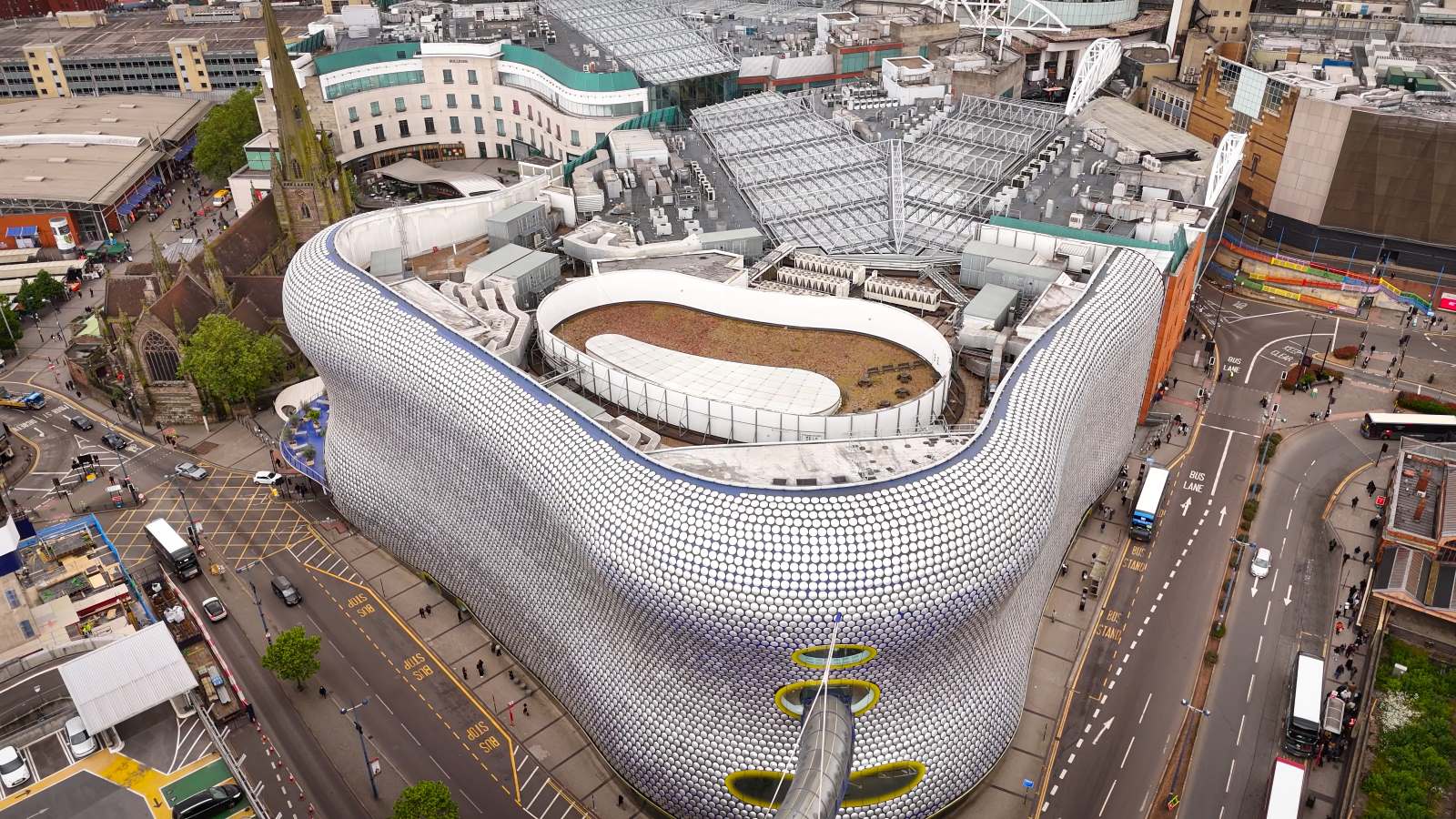
The Bullring, once seen as a symbol of Birmingham’s retail renaissance, now feels like a dated monument to consumerism. The glossy shopping centre struggles to compete with the rise of online shopping, and its once cutting-edge design now feels like a relic of the early 2000s.
9. The Gherkin, London

The Gherkin, once an icon of modern London, has been overshadowed by newer, taller skyscrapers. Once the centrepiece of the city’s skyline, it’s now just another building in a jungle of glass and steel, lacking the unique appeal it once held.
10. Cardiff Bay, Cardiff
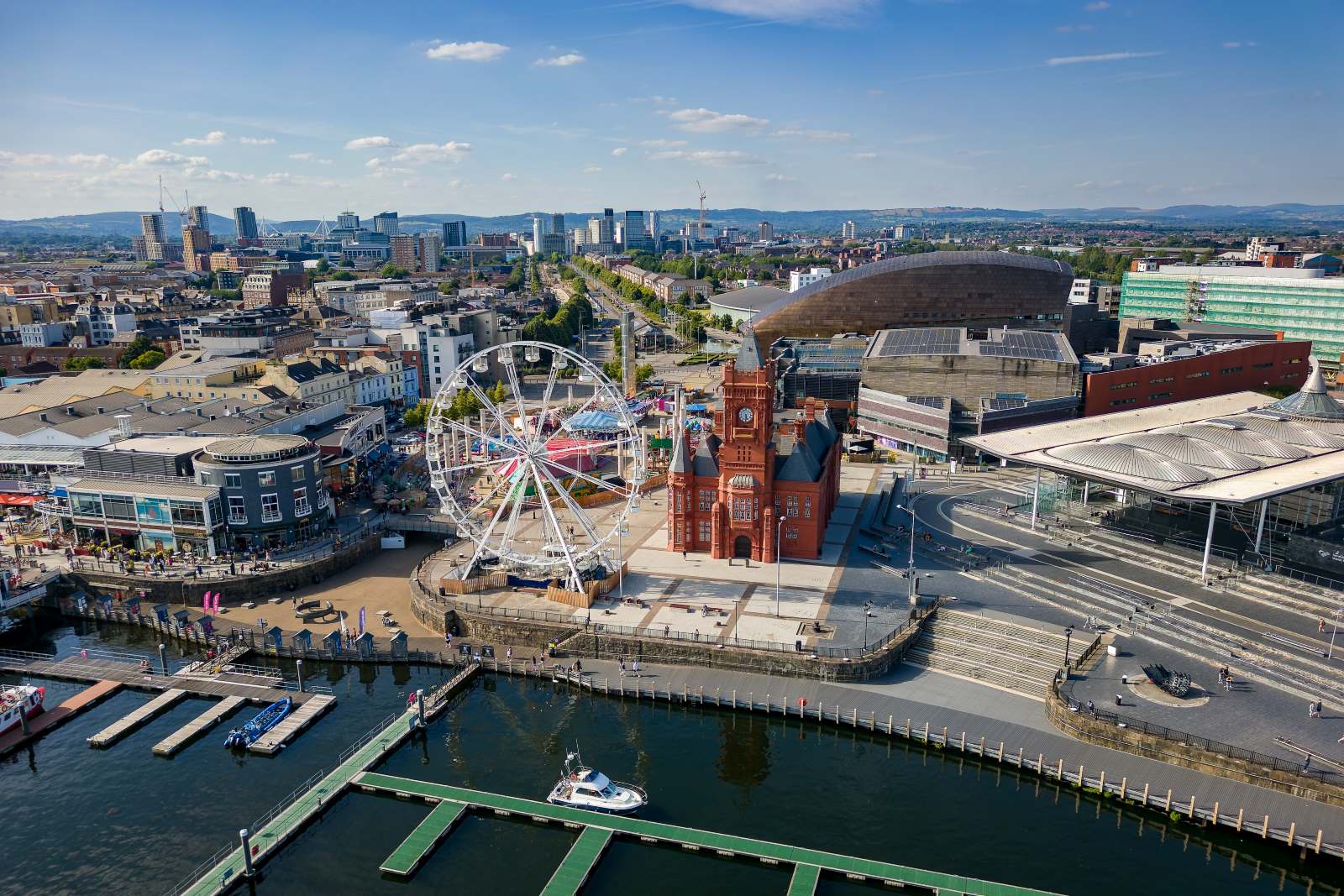
Cardiff Bay was supposed to be a shining example of urban regeneration, but today it feels more like a half-hearted attempt at revitalisation. The flashy redevelopment failed to generate the promised economic boom, and many areas remain underused and uninspiring.
11. Liverpool Cathedral, Liverpool
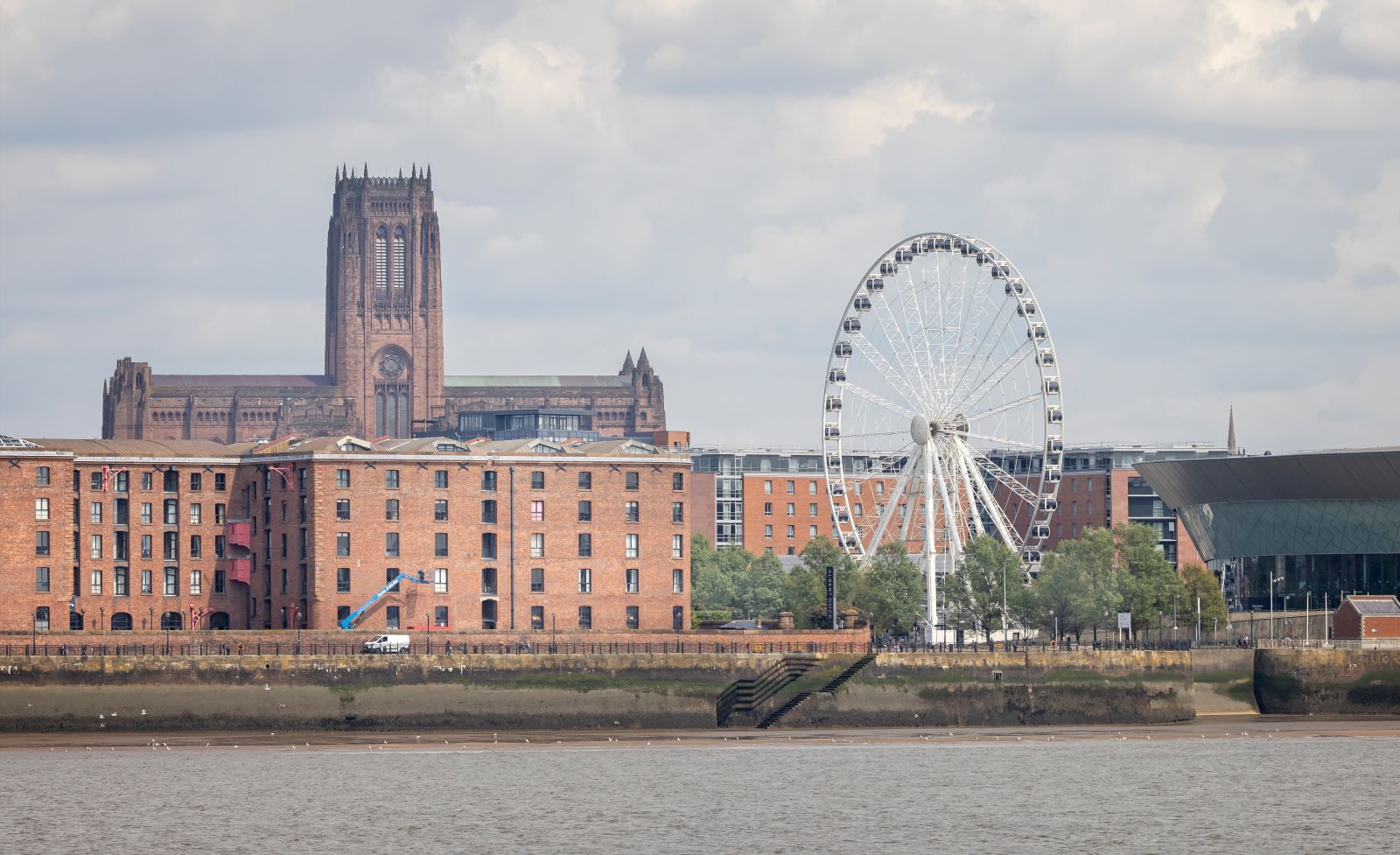
Liverpool Cathedral, though an architectural marvel, has become more of a curiosity than a place of worship. Visitor numbers are dwindling, and many locals feel disconnected from the imposing structure, which feels increasingly out of place in the modern city.
12. The Falkirk Wheel, Falkirk
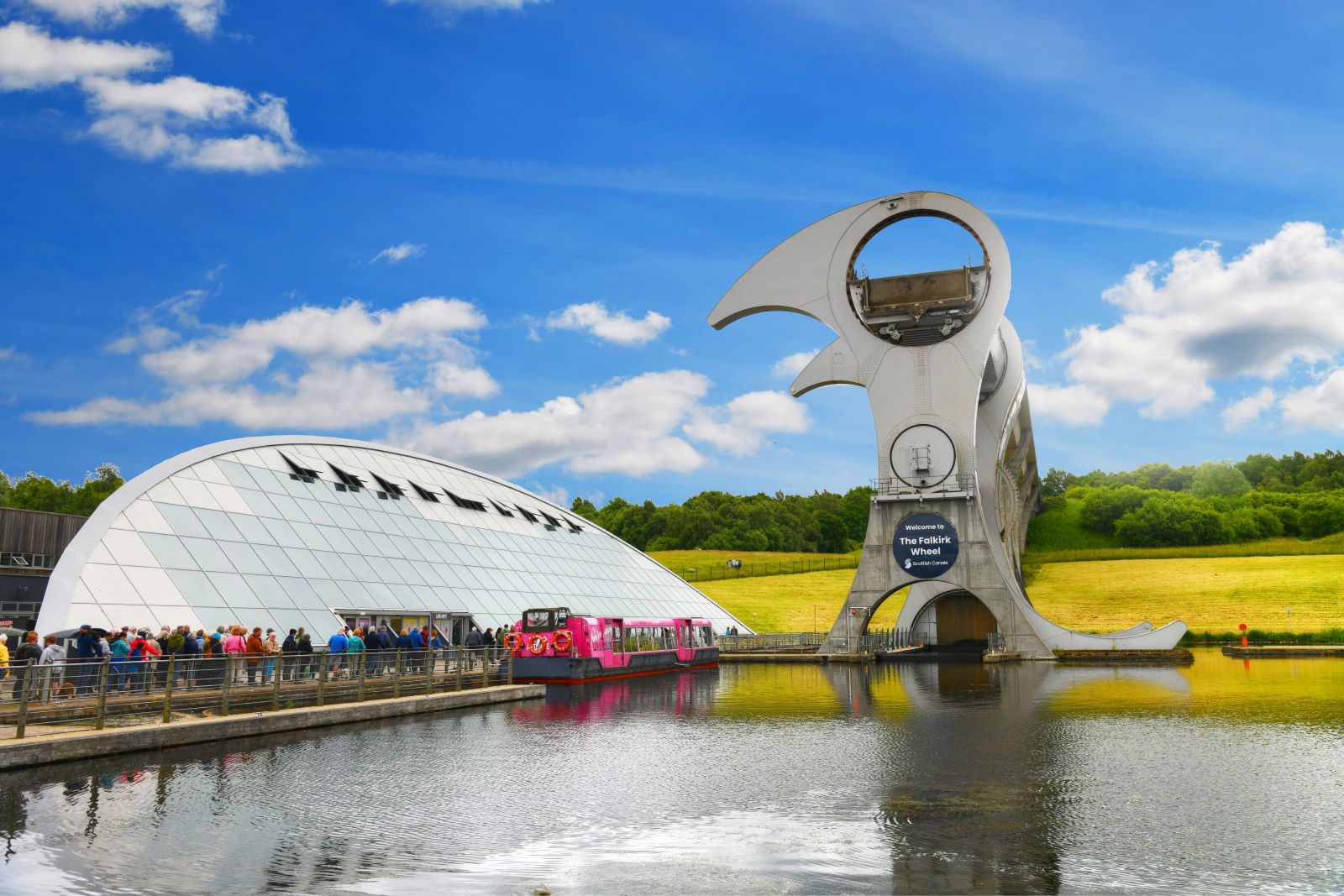
Once a marvel of engineering, the Falkirk Wheel now feels like a gimmick, struggling to justify its existence. Visitor numbers have stagnated, and the wheel, once a symbol of Scotland’s innovative spirit, now seems like an over-hyped tourist attraction.
13. The Titanic Belfast, Belfast

The Titanic Belfast attraction, once lauded for its ambition, now feels like a pricey and uninspired tribute to tragedy. Despite the flashy exterior, many visitors are left underwhelmed by the experience, with ticket prices that fail to match the quality of the exhibits.
14. The Millennium Dome (O2 Arena), London
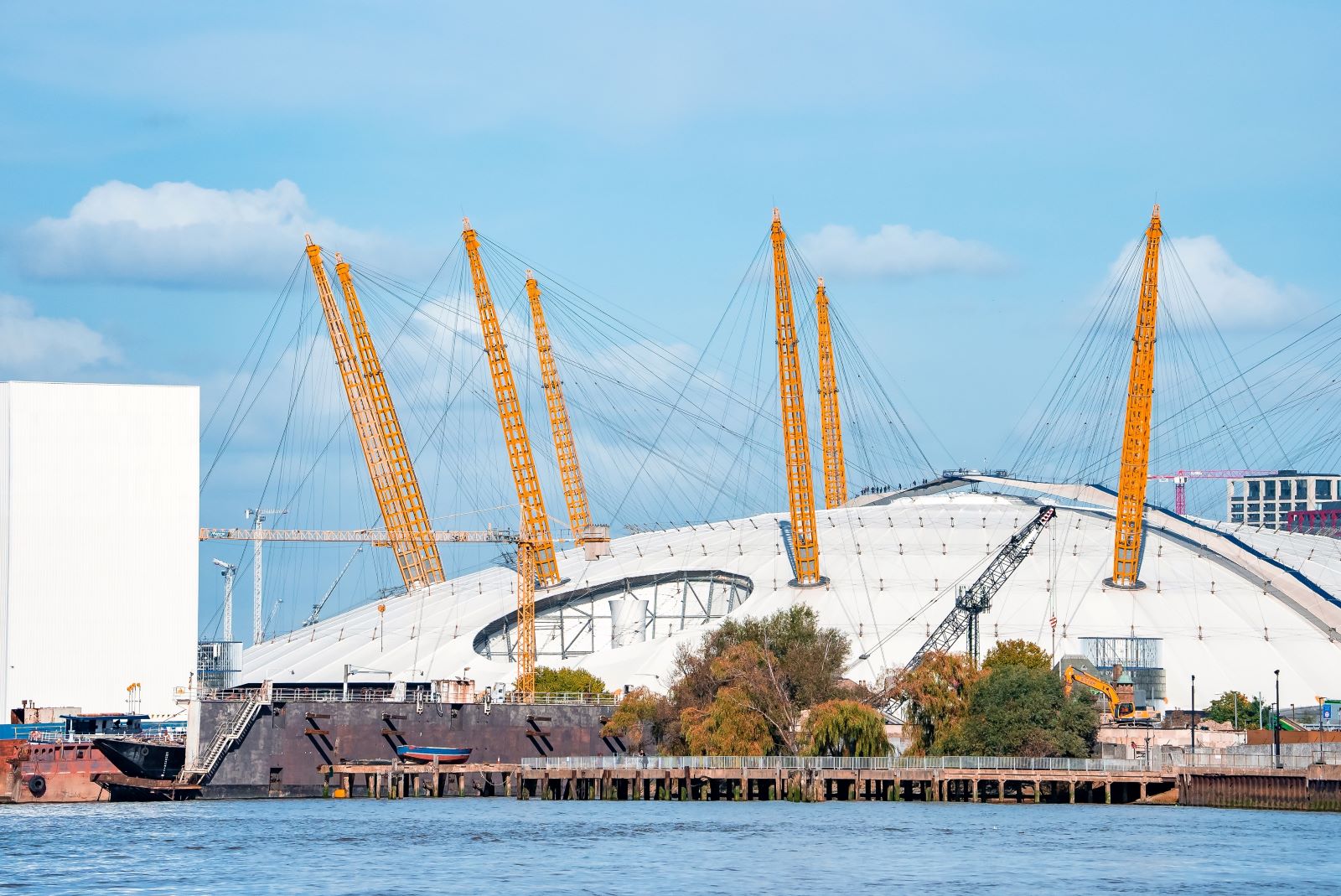
Originally a symbol of Britain’s future, the Millennium Dome has been reduced to just another venue. Its transformation into the O2 Arena saved it from total failure, but the initial grand vision of a world-leading exhibition space has long been forgotten.
15. Giant’s Causeway, Northern Ireland
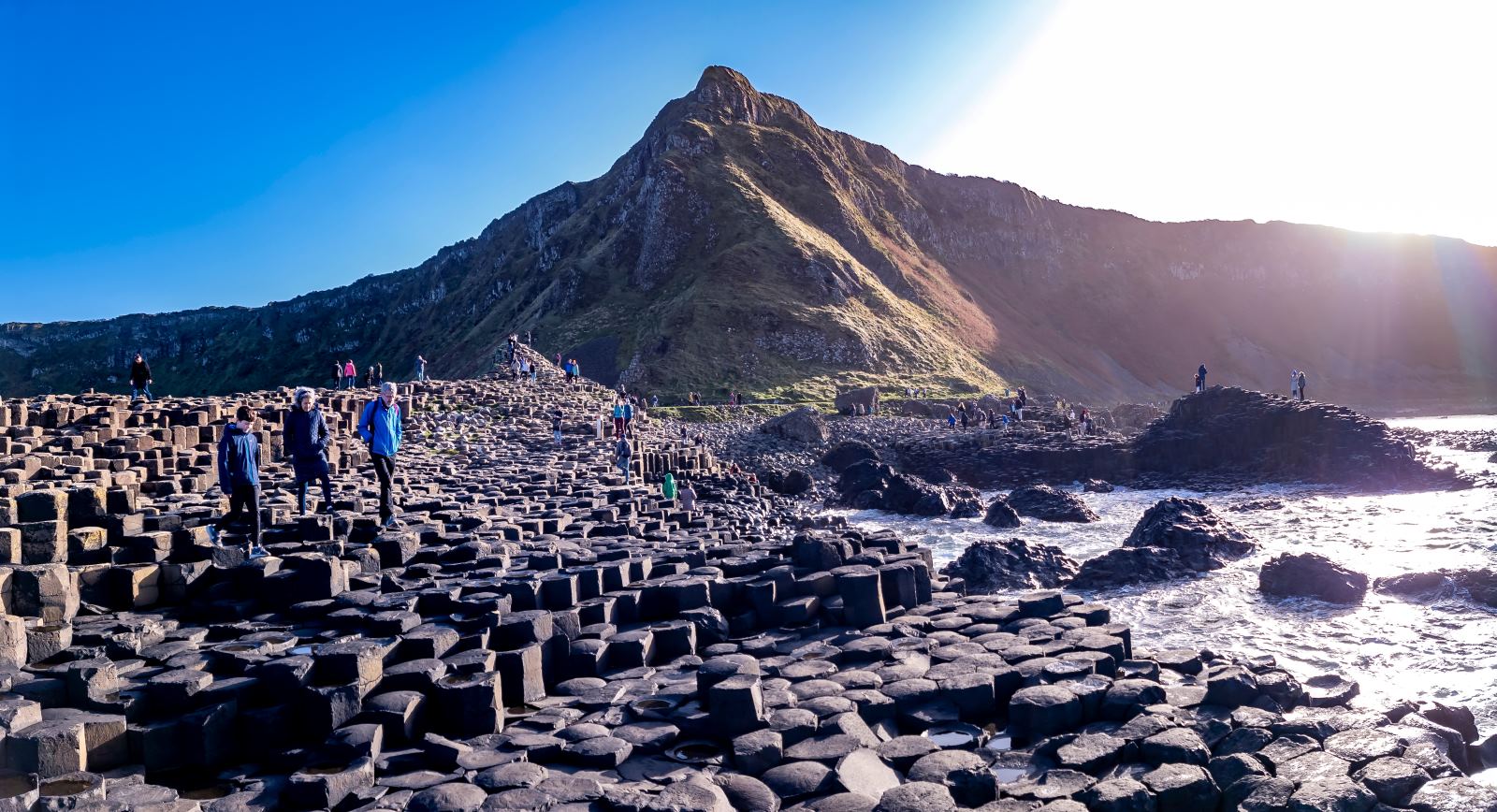
Giant’s Causeway, a natural wonder, has been overrun by tourist infrastructure. The visitor centre feels more like a money-making machine than an enhancement of the experience, and the heavy footfall has robbed the site of its natural mystique.
16. The National Space Centre, Leicester

The National Space Centre, once a futuristic beacon of British ambition, now feels like a dated attraction. Lacking significant updates, it struggles to inspire visitors in an age where space exploration has moved far beyond its outdated exhibits.
17. The London Eye, London

The London Eye, once a fresh perspective on the capital, has become a slow, overpriced ride that fails to deliver on its promise. Crowds, long queues, and high ticket prices have turned this once-iconic attraction into a tired tourist trap.
18. The Cutty Sark, Greenwich
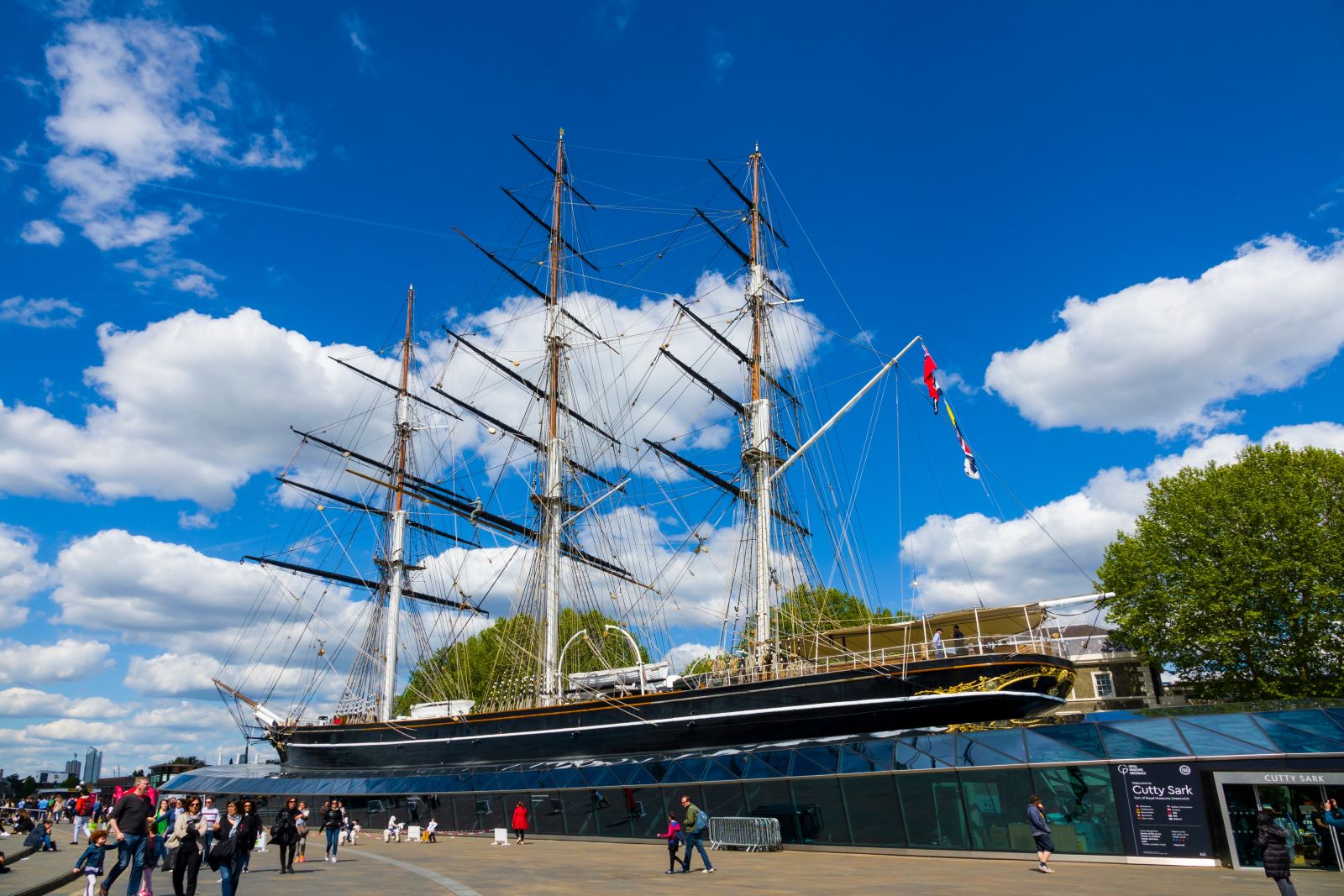
The Cutty Sark, once a proud symbol of Britain’s maritime heritage, now feels like a forgotten relic. Its restoration after the 2007 fire failed to revive public interest, and the ship now sits largely ignored in its dock, a shadow of its former glory.
19. The Winter Gardens, Blackpool
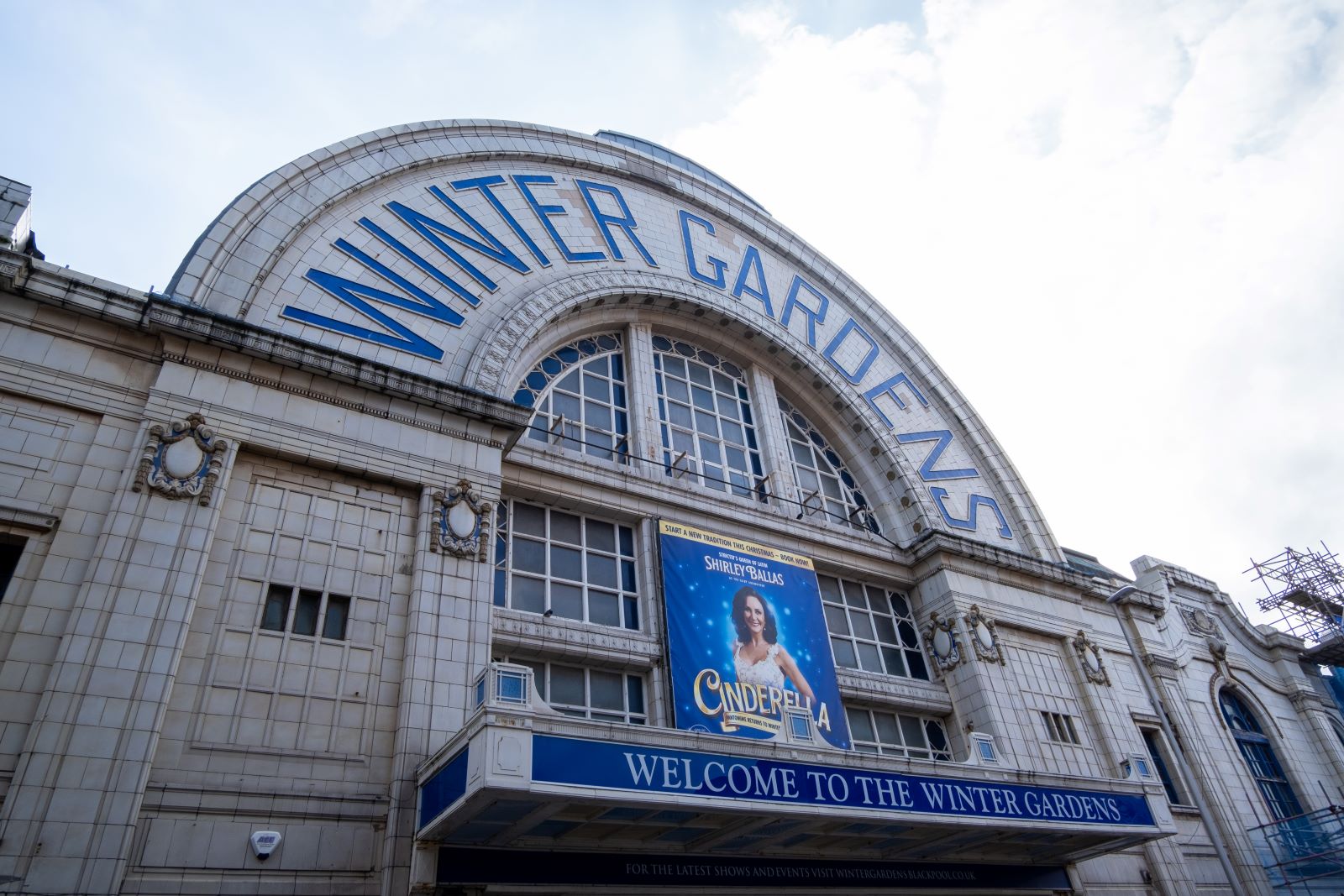
Once a jewel of British entertainment, the Winter Gardens in Blackpool now feels like a relic of a bygone era. Struggling with maintenance issues and declining visitor numbers, it has lost the charm and vibrancy that once made it a must-visit destination.
Is There Any Hope for Britain’s Fading Icons?

Can these landmarks be saved, or will they become mere footnotes in Britain’s history? Are we witnessing the end of an era, or is there still a chance to restore their former glory?
Featured Image Credit: Shutterstock / Nigel Jarvis.
For transparency, this content was partly developed with AI assistance and carefully curated by an experienced editor to be informative and ensure accuracy.
The images used are for illustrative purposes only and may not represent the actual people or places mentioned in the article.

